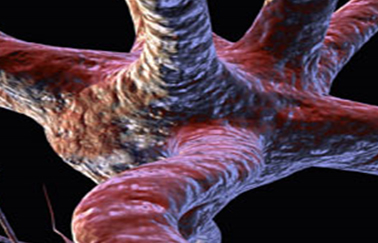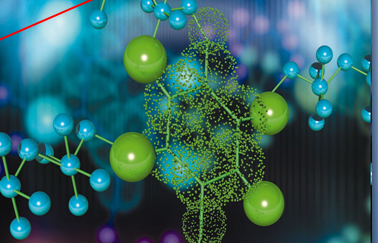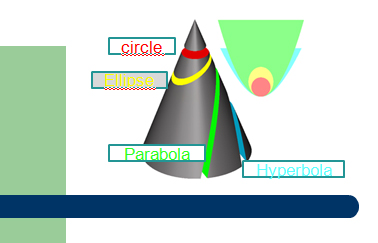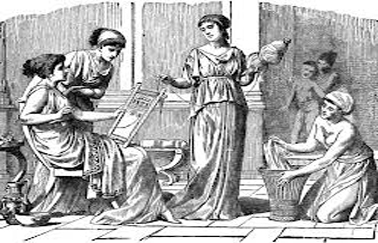Types of cells

1. Are cells alive? Why do you think this?
2. Where are cells located in your body?
3. Where do the cells in your body get energy?

1. Are cells alive? Why do you think this?
2. Where are cells located in your body?
3. Where do the cells in your body get energy?

1. What is the chemical bond?
2. What is the function of the chemical bond?
3. What types of chemical bonds do you know?

10 minutes – create, in a graphic editor, an object then map the object so that it meets these properties
a) No fixed points and it is not congruent mapping
b) No fixed points and it is congruent mapping
c) One fixed point and it is not congruent mapping
d) One fixed point and it is congruent mapping

Aim of the lesson:
- to practise speaking
- to practise the use of Present Continuous and the structure there is/are
- to learn and practise new vocabulary + practise old vocabulary

10 minutes – create, in a graphic editor, an object then map the object so that it meets these properties
a) No fixed points and it is not congruent mapping
b) No fixed points and it is congruent mapping
c) One fixed point and it is not congruent mapping
d) One fixed point and it is congruent mapping

Step 1:
1. The teacher asks the students if they know any gods from the Greek mythology and writes the names they have mentioned on the board.
2. The teacher offers more names of gods with mingled letters and asks them to reorder the letters to recreate the correct names
reiAhptod
nsiyusDo
emsreH
eaHr
eHapehusst
The teacher also asks students to define what range of power the god has and what responsibility, e.g. Aphrodite = the goddess of love